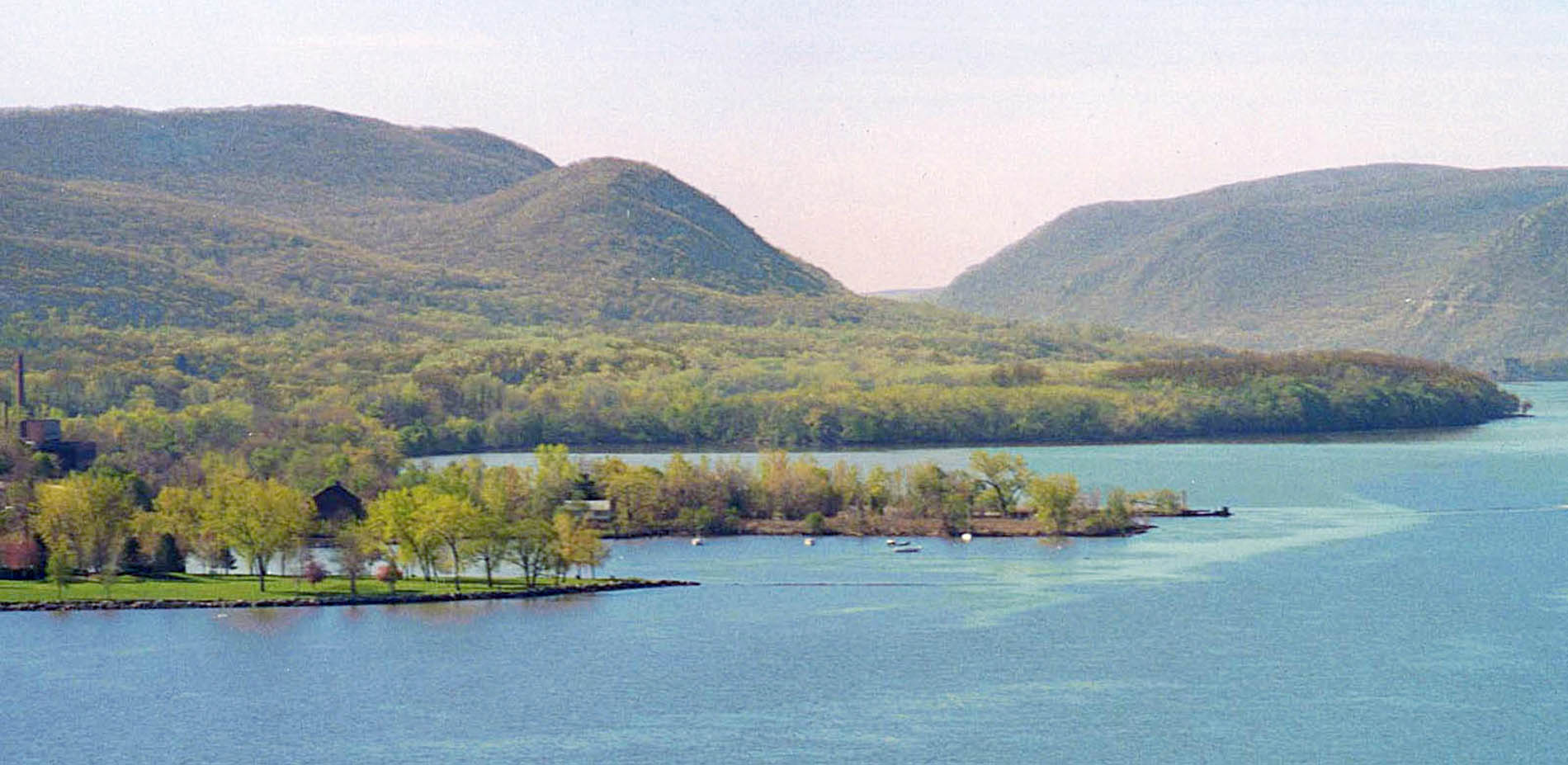
The Long Dock peninsula’s arresting Hudson Valley setting masks a tortured history as a railroad siding, shipping port, fuel terminal, and automobile junkyard.
Photo Credit: James Ewing Photography
Media: Please submit high-resolution image requests to images@asla.org.
A land trust rescued the site with the aim of creating a destination riverfront park that enables first-hand experience of the Hudson River. This objective led to Long Dock’s participation as a pilot project for the Sustainable Sites Initiative (SITES).
Photo Credit: James Ewing Photography
Media: Please submit high-resolution image requests to images@asla.org.
The site’s derelict condition required extensive and varied techniques of remediation and recovery; construction debris and degraded wetlands rendered much of the site barren, hypoxic, and unsafe.
Photo Credit: James Ewing Photography
Media: Please submit high-resolution image requests to images@asla.org.
Long Dock Park restores physical health to the land, expands recreational access to the river, builds a resilient working landscape to absorb the river’s complex tidal and storm surge energy- and recaptures the Hudson Valley’s serenity for the Beacon waterfront.
Photo Credit: James Ewing Photography
Media: Please submit high-resolution image requests to images@asla.org.
Flotsam and industrial ruins covered the long Dock site in 2002
Photo Credit: James Ewing Photography
Media: Please submit high-resolution image requests to images@asla.org.
Site’s cultural legacy contrasted with its contemporary performance. Once the location for a succession of intensive industrial activities, Long Dock Park itself is now a high-performance landscape contributing the vibrancy and wealth of the Hudson Valley region.
Photo Credit: James Ewing Photography
Media: Please submit high-resolution image requests to images@asla.org.
Once a rowdy forest of volunteer Willows, Locusts, and Alders, the meadow edge against the tideland has been deftly reshaped with protective sloping buttresses.
Photo Credit: James Ewing Photography
Media: Please submit high-resolution image requests to images@asla.org.
More than 50% of the site floods in occasional high tides and storm surges.
Photo Credit: James Ewing Photography
Media: Please submit high-resolution image requests to images@asla.org.
From a flat and degraded terrain we built robustly planted wetlands to filter stormwater and resist erosion.
Photo Credit: James Ewing Photography
Media: Please submit high-resolution image requests to images@asla.org.
A boardwalk through tidal wetlands reveals the Hudson River’s cycles.
Photo Credit: James Ewing Photography
Media: Please submit high-resolution image requests to images@asla.org.
A kayak pavilion, fit with photovoltaic panels that power the site lighting, is a popular point of recreational access to the Hudson.
Photo Credit: James Ewing Photography
Media: Please submit high-resolution image requests to images@asla.org.
Terraced walls set against the buttress and adjacent to the intertidal zone create venue for classes, performances and gatherings.
Photo Credit: James Ewing Photography
Media: Please submit high-resolution image requests to images@asla.org.
Reclaimed materials (railroad ties, concrete slabs) and preserved trees emphasize budgetary and environmental pragmatism.
Photo Credit: James Ewing Photography
Media: Please submit high-resolution image requests to images@asla.org.
Visitors to Long Dock Park at sunset on the summer solstice.
Photo Credit: James Ewing Photography
Media: Please submit high-resolution image requests to images@asla.org.

















